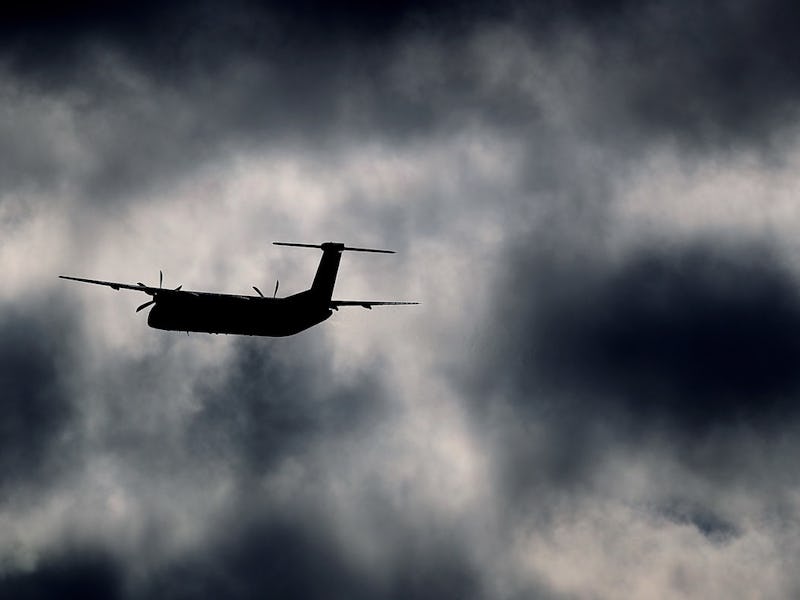Who Owns the Air? The Evolving, Controversial Definitions of Airspace
An international incident involving a Russian jet has brought up the evolving question of who owns the air.

Turkey and Russia promised today they would not go to war with each other, after an emergency NATO meeting was held Tuesday after a Turkish F-16 shot down the Russian Su-24 jet near the Syrian border, escalating tension between the two countries.
It’s not about airspace, but on the surface, it’s all about airspace: Putin insists the Russian jet had been in safe Syrian airspace at the time it was shot down while Turkish officials claim the warplane had ignored repeated warnings (reportedly 10 times in five minutes) and was violating its territory. Conversely, Turkey is alleged to have violated Greece’s airspace more than 2,200 times in 2014.
So how do we determine airspace?
Mostly it comes down to agreements drawn up at the Paris Convention of 1919, a full six years after the St. Petersburg-Tampa Airboat Line delivered the first passenger-transporting airline flight. The rules it set down were:
“1) Every country has sovereignty over the airspace covering its territories and waters and therefore the right to regulate the flights traveling through that space.
2) Every nation should apply the same rules to its own aircraft operating in the same space.
3) Aircrafts must be registered and are considered to have the same nationality as the state in which they are registered.
4) Contracting state aircraft must be treated equally under each nation’s laws.”
Not much has changed since 1919. Protocols for how to handle an invader vary from country to country, treaty to treaty, but in general, an unidentified plane flying another country’s airspace may be regarded as hostile with the country within its rights to force it down.
As far as your own personal property, in the United States if you own land you have rights over what’s happening above your head, within limits: The floor of navigable airspace stops at 500 feet above your land, though with the advent of surveillance drones, we could see that lowered in the near future.
The U.S. Supreme Court considers air to be a public highway but in 1946 ruled that landowners had dominion over “at least as much of the space above the ground as he can occupy or use in connection with the land.”
It gets even more nebulous when countries try and define how high up their airspace goes, which is an issue that’s going to be more and more debated as companies start offering regular commercial space flights.
How high up airspace goes is up for debate, but space seems like a good stopping point.
For the most part, you can consider the end of the atmosphere the end of your sovereign space. Commercial flights generally don’t get higher than 50,000 feet — flights over 60,000 feet need special permissions — so you aren’t in international territory just for taking off.